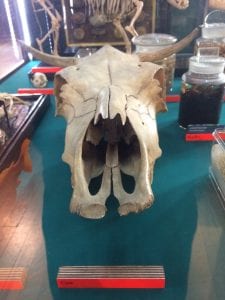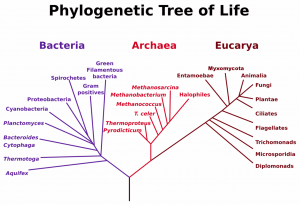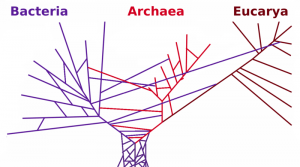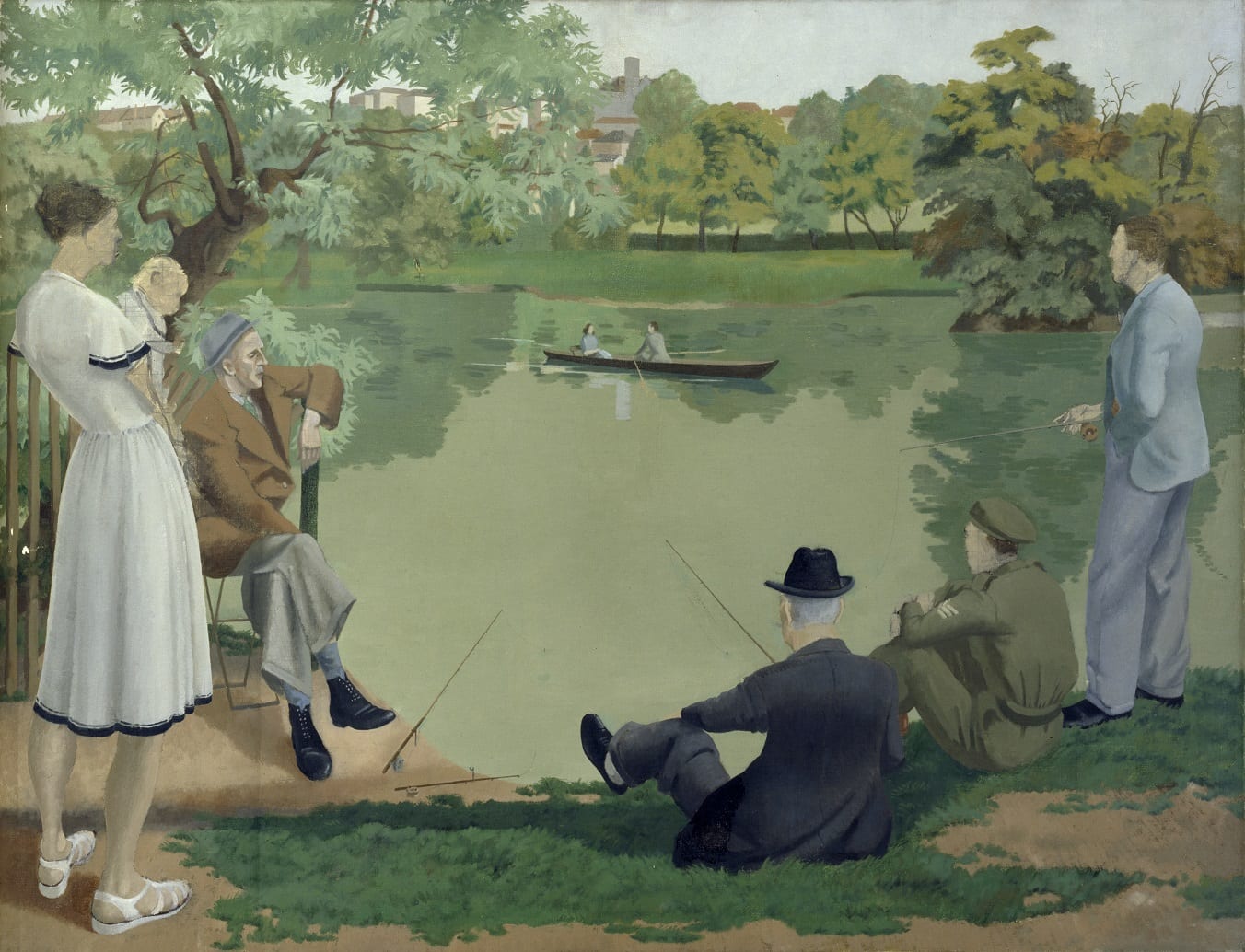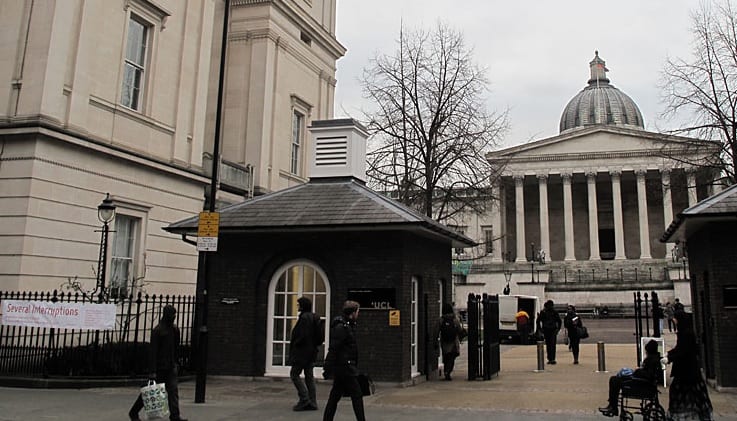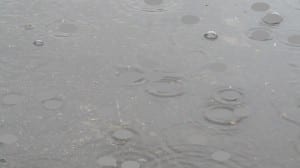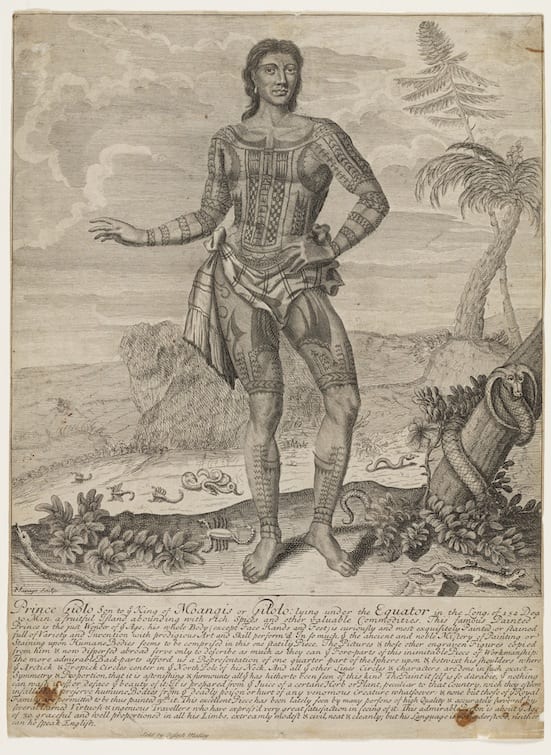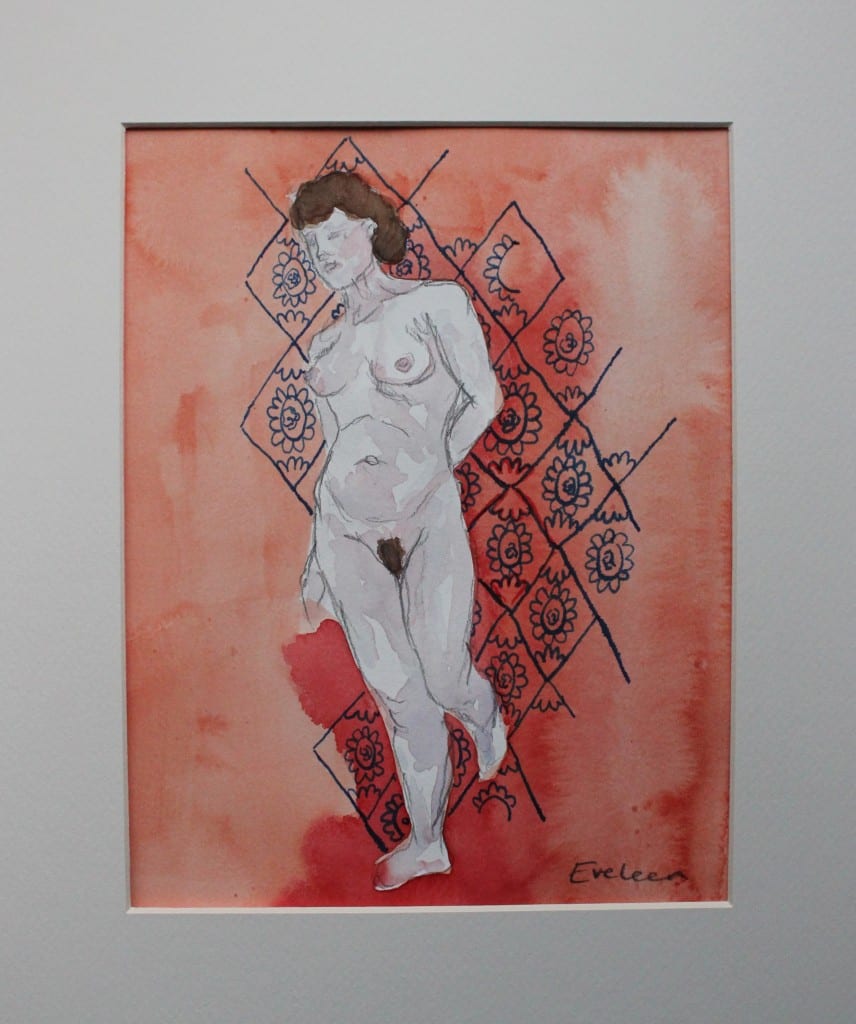Young’s Inequality: The erasure of women’s names in history
By Cerys R Jones, on 13 December 2018
Young’s Inequality is a powerful result in mathematics, named after William Henry Young, a British mathematician who was president of the London Mathematical Society and a Fellow of the Royal Society. However, I recently learned that much of the work published under William’s name was actually in collaboration with his wife, Grace Chisholm Young.
Grace Chisholm Young studied mathematics at Girton College, Cambridge after being awarded the Sir Francis Goldsmid scholarship. She achieved the equivalent of a first-class degree in her exams, and even decided to take the final year exams for Oxford; she received higher marks than all of the Oxford students and became the first person to achieve a first in any subject from both the University of Oxford and the University of Cambridge. Grace moved to Germany to study for her PhD under the supervision of Felix Klein (famous for the Klein bottle). She subsequently became one of the first women to officially be awarded a doctorate in Germany (read more on Dorothea Schlözer, who received her degree from Gottingen in 1787, and Sofia Kovalevaskaya, who received hers in absentia in 1874).
After completing her PhD, Grace moved back to the UK and married William, who had been her tutor whilst at the University of Cambridge. William was appointed a professor at several universities whilst Grace cared for their children, studied for a medical degree and simultaneously wrote papers for herself and for William. Grace converted William’s research notes into academic papers, correcting his mistakes and completing his proofs. Their daughter stated that “much of their collaboration was behind the scenes of the very large number of papers published by W. H. Young”. William was aware of the inequality of women at the time and occasionally mentioned Grace’s contributions in footnotes such as one which stated “Various circumstances have prevented me from composing the present paper myself. The substance of it only was given to my wife, who has kindly put it into form. The careful elaboration of the argument is due to her.” Private letters from William to Grace also discussed the nature of their joint work. In 1902, he wrote “The fact is our papers ought to be published under our joint names, but if this were done neither of us get the benefit of it” adding “everything under my name now, and later when the loaves and the fishes are no more procurable in that way, everything or much under your name.”
In time, Grace began to be acknowledged for her work. In 1906, they published a textbook on set theory together and William wrote “any reference to the constant assistance which I have received during my work from my wife is superfluous, since, with the permission of the Syndics of the Press, her name has been associated with mine in the title page.” Grace also began publishing papers in her own name from 1914 and was awarded the Gamble Prize at Gerton College. William, however, received greater recognition for their collaborations and was awarded the de Morgan medal from the London Mathematics Society and the Sylvester prize from the Royal Society. Women were not eligible to become fellows of the Royal Society until 1945, just a year after Grace’s death.
Grace has since received recognition for her many important papers on differentiation and derivatives, as well as for the Denjoy-Saks-Young theorem, which is named after her. Furthermore, in a letter addressed to her sister, Grace wrote “I liked being incog. to the outside world, and felt I had the perfect right to do so, husband and wife being one… I don’t want to be mistaken for the modern ambitious female, ambitious for herself and her own glorification.” Grace never yearned for recognition for herself and may have even disagreed with the message of this blogpost.
Although there are numerous other stories of women’s successes being hidden under the guise of a man in history, steps are continuously being made towards equality. In 2018, there are 124 women fellows in the Royal Society, although this is only 8.5% of the total number of fellows. According to the Higher Education Staff Statistics for the UK in 2016/17, there are 5050 female professors in the UK (24.6% of the total number of professors in the UK). Whilst these numbers appear to be steadily increasing, there is still a long way to go to see women represented equally in academic positions.
The information in this blogpost came from the following papers:
[1] Claire Jones (2000) “Grace Chisholm Young: Gender and mathematics around 1900”, Women’s History Review, 9:4, 675-693
[2] Patricia Rothman (1996) “Grace Chisholm Young and the Division of Laurels”, Notes and Records of the Royal Society of London, 50:1, 89-100
 Close
Close







